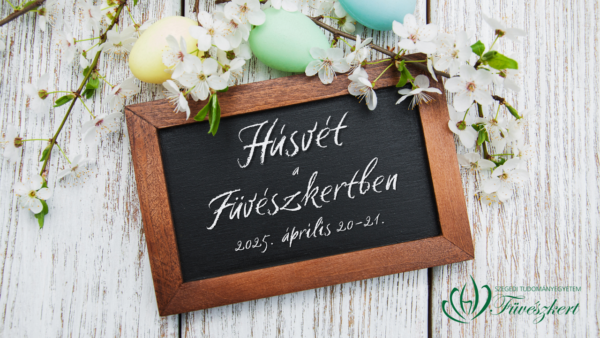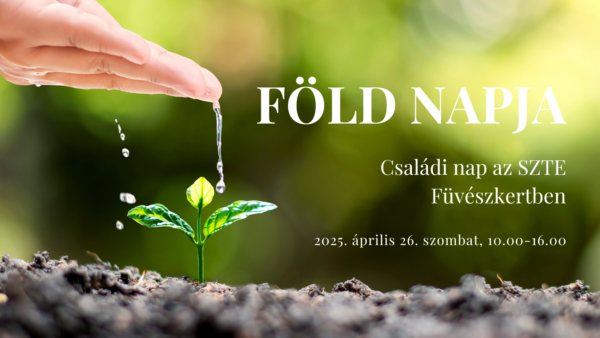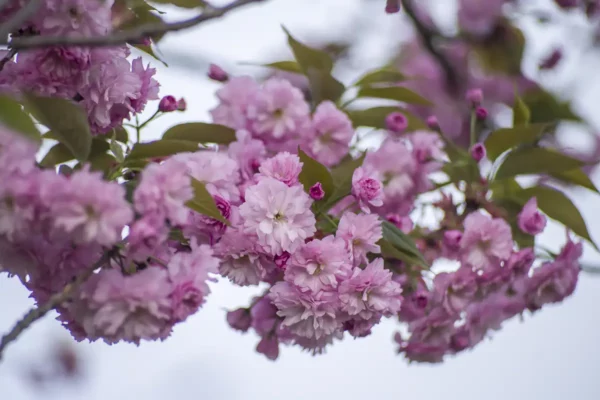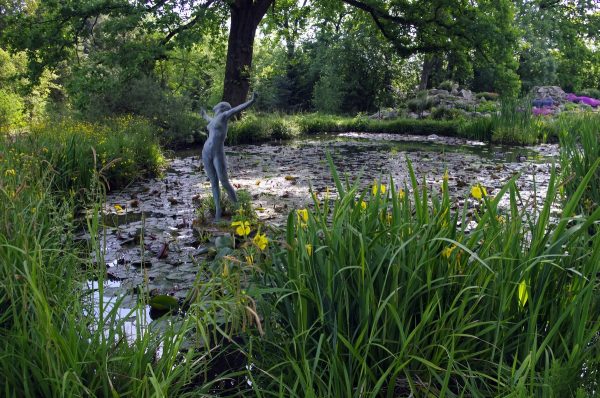The popularity of Mediterranean plants is also increasing in our country: they thank you for the annual care with flower splendor that lasts all summer, they tolerate strong sunlight well, and lend a special atmosphere to our garden. As the climate changes, more and more species can be planted in protected, south-facing areas in gardens.
However, in order to truly enjoy flowering or proper growth throughout the summer, a few things should be observed:
- Plants coming out of winter should not be placed in direct sunlight, even if they specifically require it later. Put them in a semi-shaded place for a few days to acclimatize them, because the strong UV radiation in spring can burn the leaves.
- Regular pruning is important, in this case we can shape the shape of the plants and we can also achieve the heating of the plant. Dense leanders can also be formed in this way. In the absence of pruning, the plants become bald, stretch, and can easily break under the influence of high winds. Also, the number of shoots and flowers will be more.

- If the plants were overwintered in a warmer or low-light place during the winter, so-called water shoots were also produced. The tissue of these shoots is weak, they can easily break off under the influence of the wind, the sun can burn them, and pathogens and pests can more easily attack these shoots. Pruning back, or even complete removal of the water shoots is recommended.
- In the case of palm trees, remove the already bent, yellowing leaves near the palm trunk. In the case of certain palm trees, the drooping and drying leaves cling tightly to the palm trunk, thus protecting the inside of the palm trunk from freezing in winter.
- A significant number of Mediterranean plants require transplanting or partial soil replacement in the spring. Smaller plants should be transplanted into larger pots in spring in proportion to their growth, however, for large plants or plants that develop a large root mass, partial soil replacement is the solution. This is also the case with leander and a significant part of palms. The plants are removed from the pot, then the lower third of the earth ball is completely removed with a sharp tool, and it can also be cut from the side of the earth ball. Then the plant with the earthen ball that has been cut back can be returned to the same pot.


- Most Mediterranean plants do not like stagnant water, i.e. if you put a ceramic tray under it, however, in the case of leander it is important in the summer heat that the water is standing in the tray.
- Since they grow vigorously and produce a significant amount of flowers, regular nutrient supply is important. During the period from spring to autumn, we water them with a nutrient solution on a weekly basis. For flowering plants, use products with a higher phosphorus and potassium content, thereby promoting their flowering. If possible, use nutrient solutions and fertilizers that are also enriched with microelements, especially: iron, magnesium. Citrus fruits are particularly sensitive to iron deficiency, in which case chlorotic symptoms (the leaf blade turns yellow) can be seen on the leaves.

- In the case of planted Mediterranean plants, regular nutrient supplementation is also recommended, but nitrogen-containing products should only be used from spring to the end of summer. From the second half of August to the end of September, water-soluble fertilizers containing potassium and trace elements should be used. According to observations and some studies, this can significantly increase the winter resistance of the plant, because the tissues are significantly strengthened and thus the risk of tissue damage caused by frost can be reduced.







